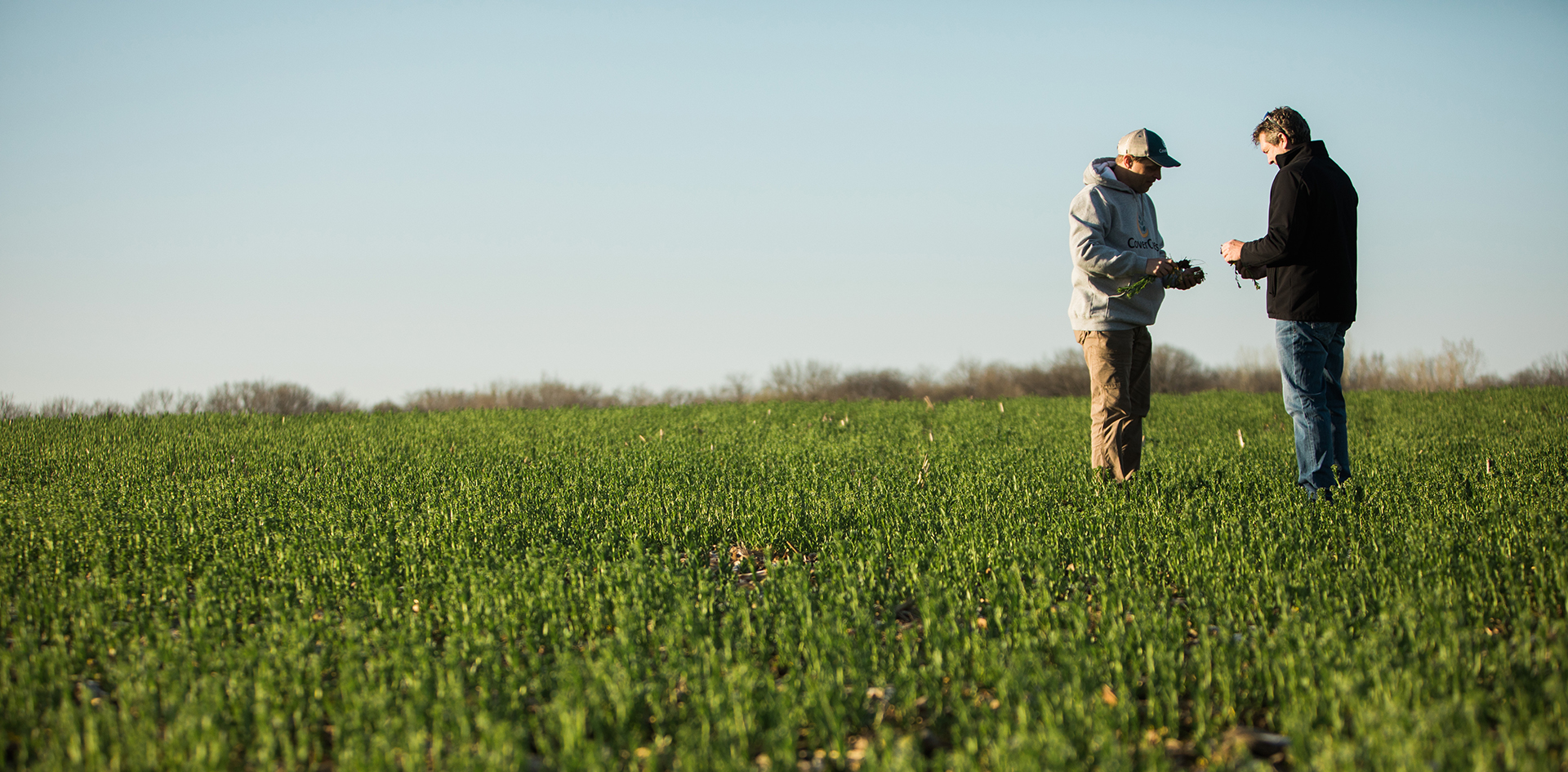
Agronomic and management considerations for growing a CoverCress crop are provided below. Upon confirmation of interest, a complete agronomic guide will be provided and training opportunities covering all aspects of growing a CoverCress crop.
In general, CoverCress seed establishes and grows well when planted on a wide range of soil types and conditions. The most effective method for reliable stand establishment is when there is some light disturbance of the soil surface and chopping of the crop residue such that residue is distributed evenly and pinned close to the soil surface. The following factors should be considered when planning where to grow this crop to ensure a high probability of its success:
Ideally, CoverCress seed should be planted as soon as possible post-harvest of the preceding corn or soybean crop to take advantage of the heat, light, and moisture to ensure adequate stand establishment. The seed is very tiny and has specific requirements for germination.
Ideal planting methods include:
CoverCress plants naturally glean residual nitrogen and other nutrients from the soil surface throughout their life cycle. Most of the rapid growth in CoverCress plants occurs in the first half of spring. Therefore, applying 40-50 lbs./ac of nitrogen is recommended in the early spring, just before or when the plants begin to bolt after winter vernalization. CCI recommends a stand of 4-6 plants per sq/ft as an adequate stand to fertilize and take to yield.
The harvest window opens when 95% of the pods have turned at least to a bright tan color, with the rest being some shade of yellow, typically between May 20–and May 30.
CoverCress field maturity progresses quickly under high temperatures (85°F or higher) and good drying conditions. Plan harvest within 24 hours of grain delivery.